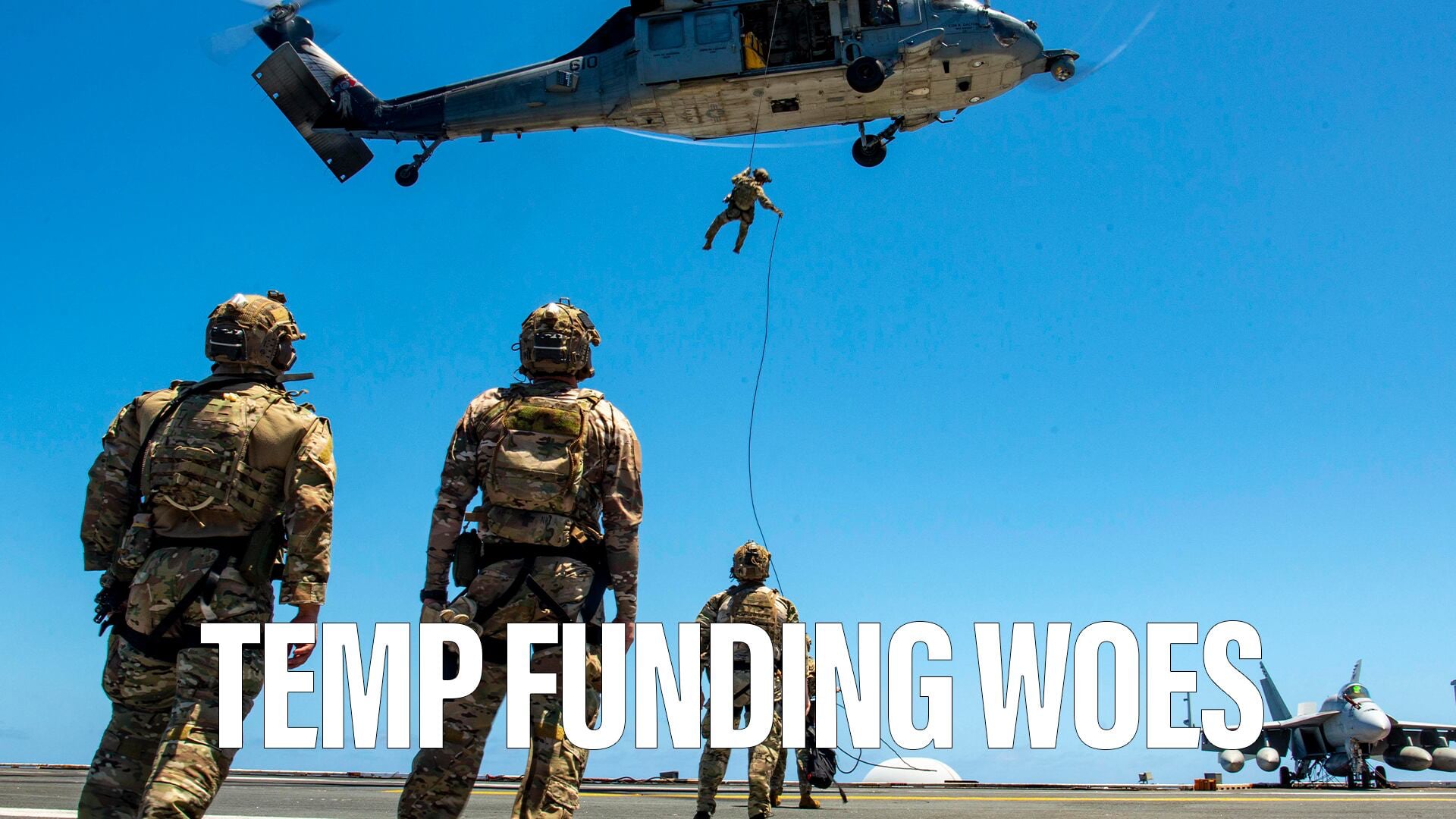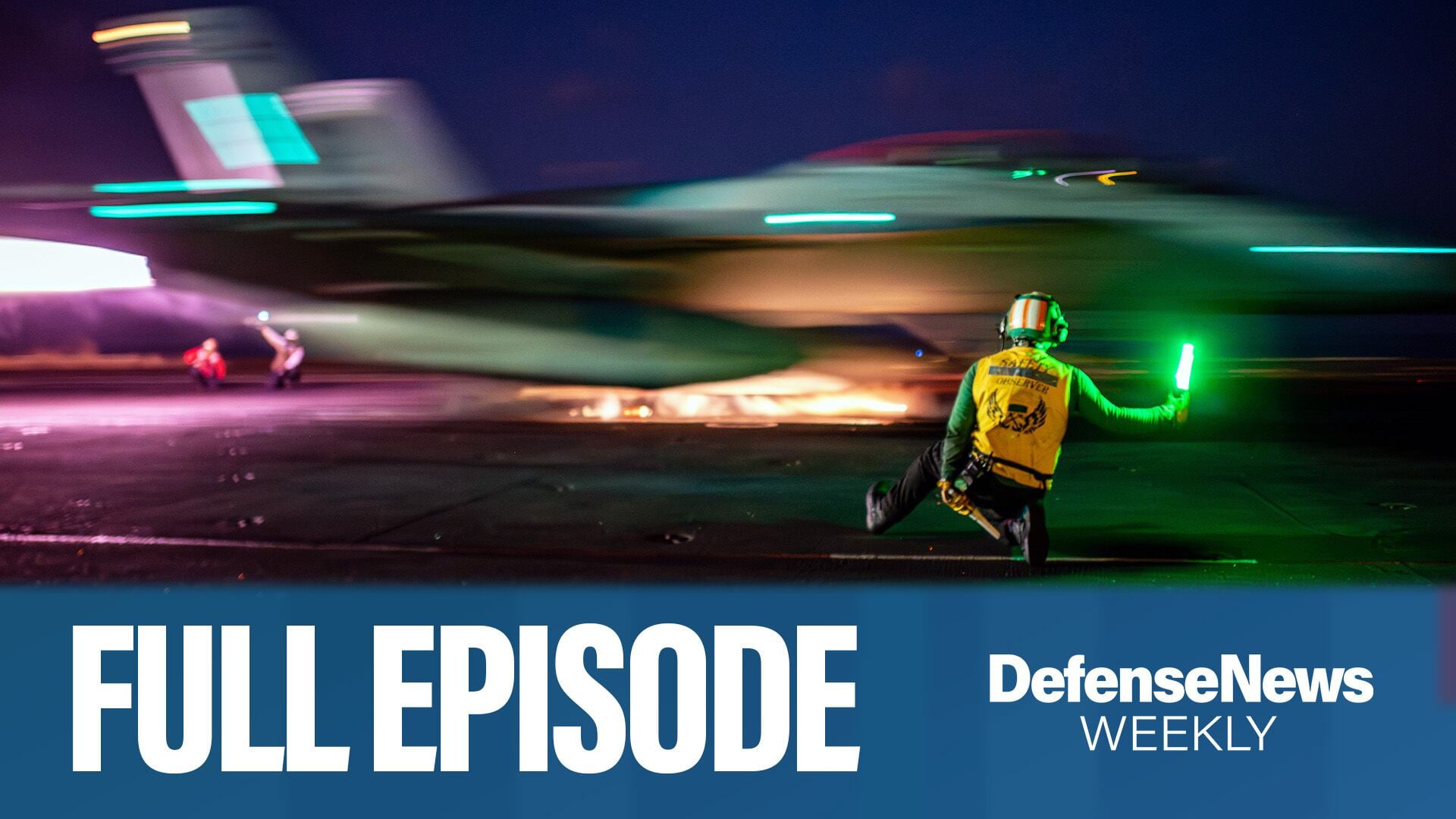WASHINGTON — After years of talk of divestiture, the U.S. Army may be resigning itself to recapitalizing its watercraft fleet, which would be used to unload supplies and gear from ships in areas with destroyed or unimproved ports.
In comments last month following an appearance at the Defense News Conference, now-Army Secretary Ryan McCarthy said an ongoing study aims to identify requirements for replacing the older elements of its 132-boat watercraft fleet.
“The watercraft study is to ensure we have the requirements appropriately aligned with the combatant commanders’ [needs],” McCarthy said. “It’s multiple theaters that have requested this capability. So it’s ensuring that we have the right equipment but also how would that impact [a] recapitalization schedule because many of the assets are aging.
“So the Department [of the Army] kind of took a step back and said we have to get the requirements right, and then what would be the appropriate schedule to recapitalize these capabilities.”
The nod toward recapitalizing the watercraft is a reversal from a directive earlier this year from now-Defense Secretary Mark Esper, who tried to get rid of all watercraft systems. Analysts say the shift from first trying to get rid of the watercraft to now discussing recapitalization pulls back the curtain on a service that hasn’t quite found its place in what Defense Department officials describe as an “era of renewed great power competition.”
In June, McCarthy halted the order, according to the online maritime publication gCaptain, which first broke the news of the Army’s plan to divest almost all its watercraft systems. The Army had been looking to take advantage of new Navy sea-basing capabilities and a recapitalized landing-craft, air-cushioned (LCAC) fleet in lieu of its watercraft, gCaptain reported.
But relying on the Navy for that mission would be of limited use and would not replace the rapid offloading capability of the watercraft, said Sal Mercogliano, a former civilian mariner and maritime historian at Campbell University.
“The watercraft are designed to fill in where ports are damaged, and there’s not the infrastructure to offload in port that you would normally have,” Mercogliano said. “Navy LCACs are fast, but they are not ideal cargo carriers because of all the requirements they have. When it comes to throughput, Army watercraft are the key. They can just move tonnage faster than the Navy can.”
A ‘force for all scenarios’
That capability becomes particularly important in the Pacific theater, where China would almost certainly try to impose difficulties on the U.S. military resupplying over vast distances by attacking logistics hubs and ports. That’s where the watercraft would shine, Mercogliano said.
“If you can’t guarantee a port where you can put your ramps down, [where] you have container cranes to offload your sustainment, then you are going to have to use a lighterage scenario to offload the vessels,” he said.
Lighterage, which is the practice of moving cargo from a larger vessel by boat, is essential for the Pacific theater, according to Bryan Clark, an analyst with the Center for Strategic and Budgetary Assessments think tank.
“If the Army is really going to pursue this idea of being distributed and doing multidomain operations, and having their forces postured forward to a greater degree, the watercraft are important because in a lot of cases that’s how you are going to get around those archipelagos, whether its Japan or the Philippines or Indonesia or wherever they are,” Clark said. “That’s your mobility, much more so than using the roads, especially when it comes to heavier equipment like HIMARS [the High Mobility Artillery Rocket System].”
But before the Army funds a major recapitalization of its watercraft fleet, it must define its future mission, Clark said.
“I think it’s important to fund it; the important thing first, though, is to figure out if the Army is really all-in on [fighting in the Pacific], or is the Army going to continue to focus on large-scale land warfare in Europe. And if that’s your main goal, maybe the lighterage isn’t all that important.
“So part of it is the Army has to settle on whether it’s trying to be this force for all scenarios, because the requirement for an Army in the Pacific theater is very different from the requirement in Europe.”
That question becomes more important if the defense budget flattens out, he added.
“The Army is going to have to make some choices,” Clark said. “Nobody sees the Pacific as a driver of Army force structure, in terms of size. If you were going to design an army for the Pacific, its not nearly as big as the Army of today. So I think they are going see Europe as a better argument to maintain force structure, and the force will be more optimized for that European scenario.”
David B. Larter was the naval warfare reporter for Defense News.







